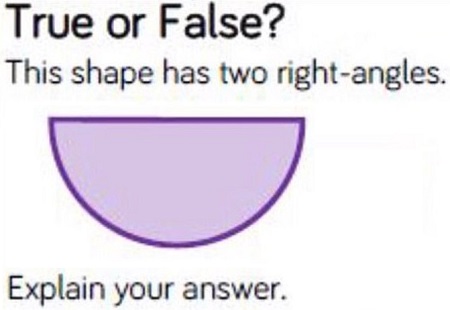In last week’s post about rugs, I hammered on about the cancer that is Muslim rape in Europe. Here’s more:
According to the victim in the case, the three Moroccans drugged her with crack and cocaine, forcing her to ingest the drugs, then took turns repeatedly raping her and torturing her by putting out lit cigarettes on her skin and sc[a]lding her with red-hot spoons.
I know that anecdotes doth not make data, but here are the stats:
In Germany, cases of gang rape have become so common that figures released by the Federal Criminal Police Office (BKA) suggest that as many as two women or girls are gang-raped on average every day in the country.
…
The horrific statistics reveal that half of all suspects in gang-rape cases were not German citizens and that often the perpetrators came from Islamic countries such as Afghanistan, Iraq, and Syria.
But hey: by all means let’s throw open our doors to them and settle them in our cities.
And when these assholes start raping American girls, and the police shrug because they don’t want to be accused of racism [sic], and liberal judges give the rapists a slap on the wrist because of “cultural differences”, and when outraged American men start shooting these animals like the mad dogs they are…
Guess who’ll be called the bad guys?


